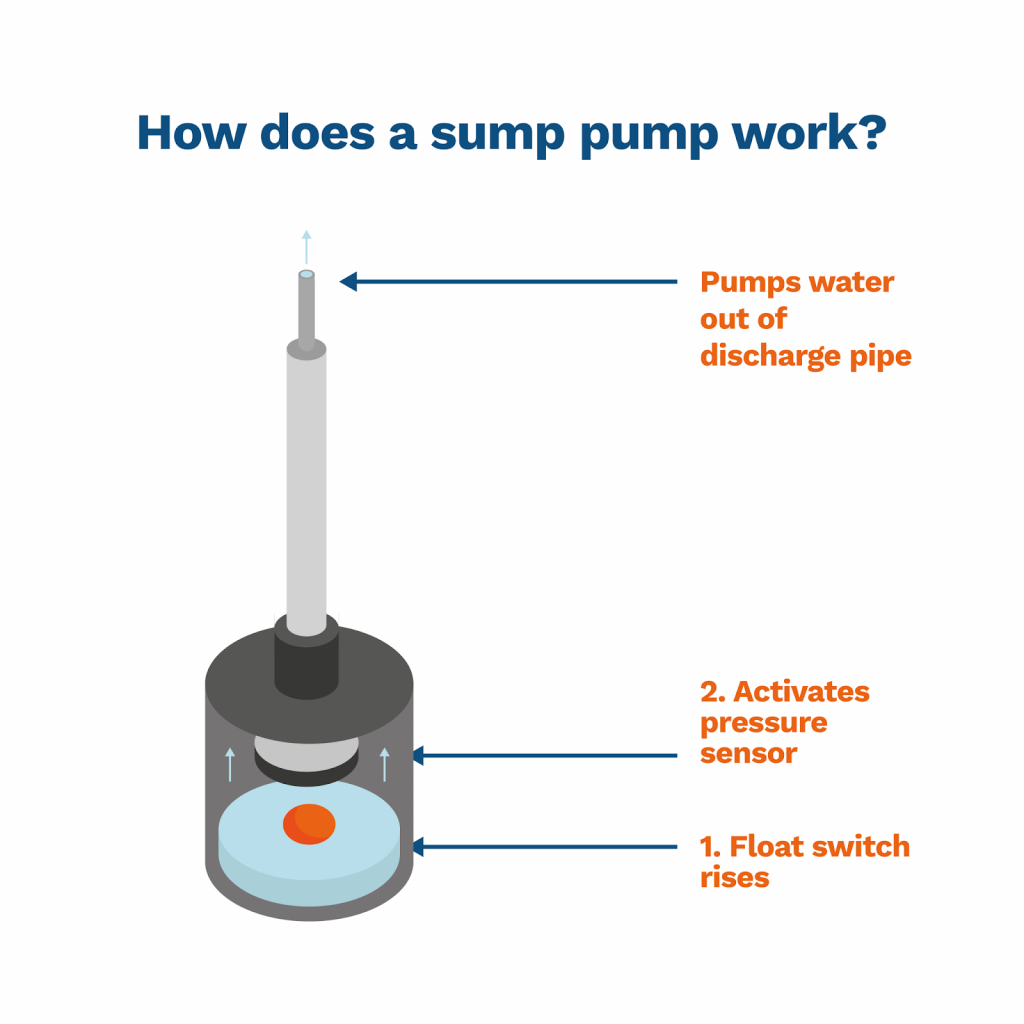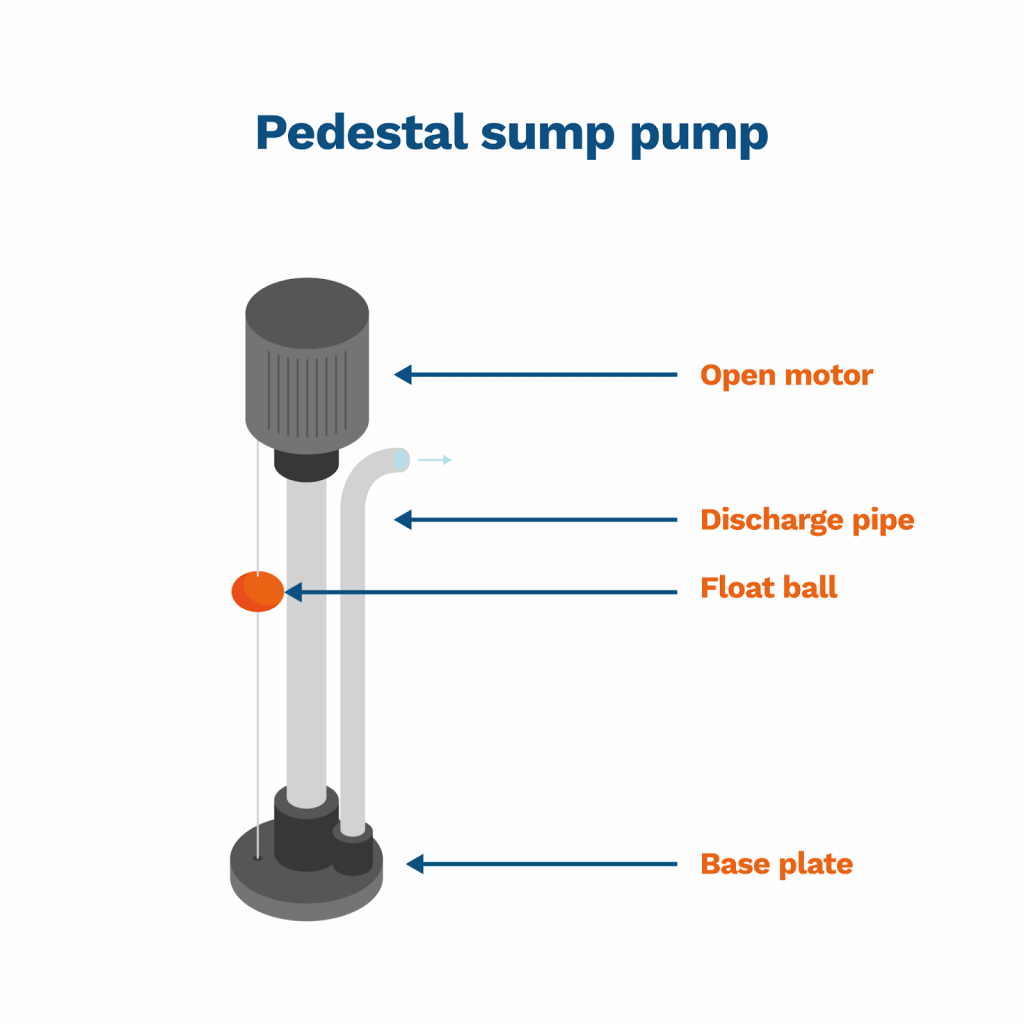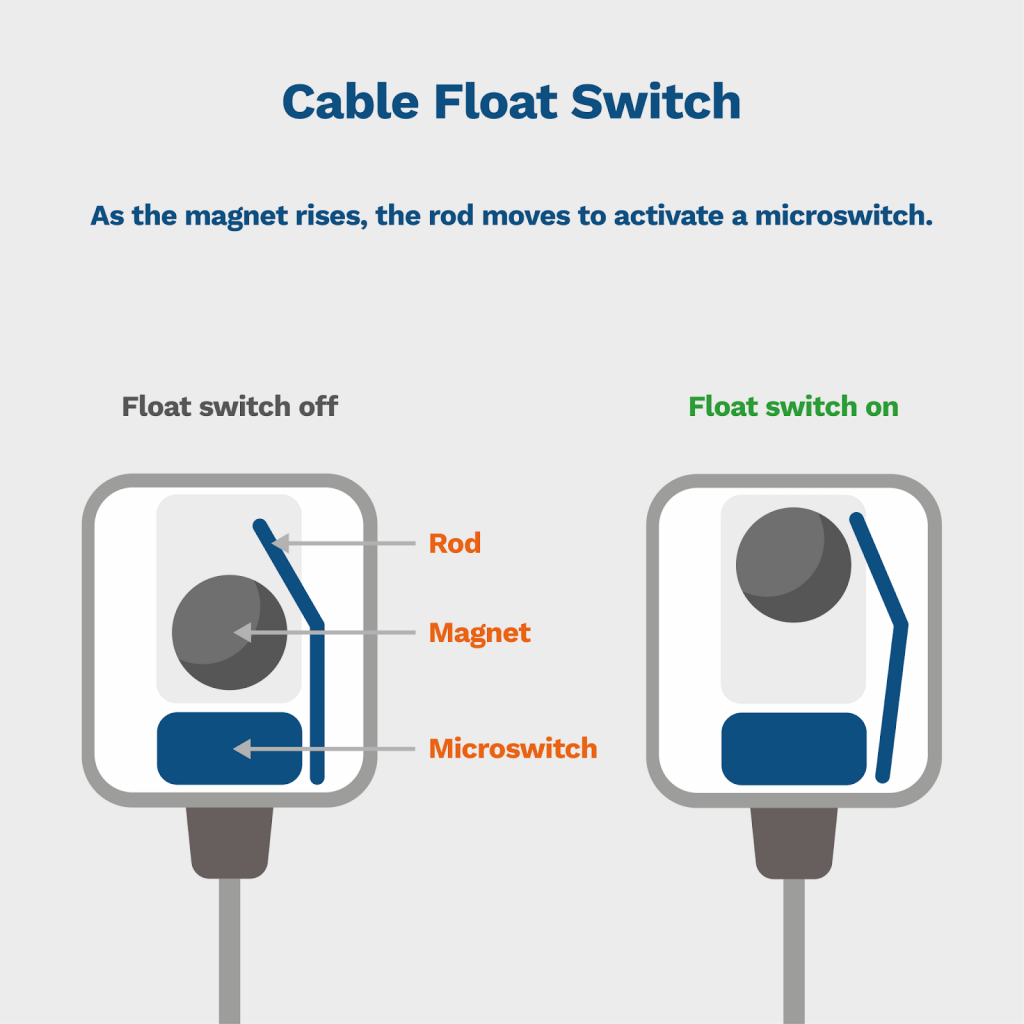How Does a Sump Pump Work (Expert Guide)
This is the expert guide to all things sump pumps. It covers:
- What is a sump pump
- How does a sump pump work
- Pedestal sump pump vs Submersible sump pump
- Do I need a sump pump
So, if you’ve ever experienced severe flooding and you hear people talking about how a sump pump saved their home, this guide will show you how they work, and help you understand whether you need one for your own home.
Let’s get started.
What is a Sump Pump?
Sump pumps are clever little tools that are commonly found in the basement of your home. The pump’s primary purpose is to quickly pump out water that has flooded your basement.
The pump achieves this by sitting in what is called a sump basin. The sump basin is a two feet deep hole that is located in the lowest point of your basement.
The water will naturally run into this basin using what we call the perimeter drains. As the basin starts to fill up, the sump pump will be activated and the water will be shifted up and away from your home via a discharge pipe.
How does a Sump Pump work?
So, you understand what a sump pump is, but how do they actually work?
OK, we know that the sump pump is installed in the sump basin, which is generally just a big hole, connected to a set of perimeter drains, that collects water.
As the basin starts to collect water, the sump pump has a clever tool called a float switch. As the water in the basin starts to rise, the float switch starts to rise. Inside the switch is a magnet which will move closer to a reed switch. When the magnet moves close enough to the reed switch, an electrical signal will turn the pump on.
Now that the pump is activated, the impellers of the pump will start to spin, sucking water up into the pump and out via a discharge pipe.
And that’s it. Sump pumps are super simple. You do not need to worry about turning them on because of the clever float switch. Once this is set up and in place, you can leave the sump pump to operate on the occasion that your basement starts to flood. Many people won’t even know they have a sump pump installed in their home.
The Different Type of Sump Pump Float Switches
When shopping around for sump pumps, you may come across two different types of float switches. The most common type in the UK is the submersible sump pump, which is the cable type float switch we’ve explained above. But you will also, occasionally, come across a pedestal sump pump, which is the North American style sump pump. Let’s discuss their differences and the benefits of each.
Pedestal Sump Pump
The pedestal sump pump is mounted above the sump pit with a hose that runs down into the basin. This means that the motor of the pump is exposed. The main benefit of purchasing this pump is the price. Pedestal sump pumps use a pressure bell float switch, which is far less technical and as a consequence quite a bit cheaper.
Submersible Sump Pumps
A submersible sump pump is hermetically sealed. This means that the motor is completely sealed off from the water and the pump can be submerged. As the pump uses a cable type float pump, the benefits of this pump include less maintenance, quieter and a generally less obtrusive pump.
Do I need a Sump Pump?
If you have a basement and you live in an area that is prone to heavy rain, storms or flooding, then you more than likely need a sump pump. If you live in a new house build, it’s likely you already have a submersible sump pump installed, so take a look around your basement, you never know what you might find. So, what are the benefits of owning a sump pump? Let’s take a look at the most common benefits.
Protect the Belongings Stored in Your Basement
Most people use their basement as a place to store their belongings such as a freezer, a lawnmower and even that unused crosstrainer. If that’s you, then you more likely want to prevent it from water damage. With a sump pump, you can rest assured that your basement is protected in the event of flooding or even just heavy rain. If you’ve recently had a basement converted into a downstairs living area, you have even more reason to invest in a sump pump.
Protect the Foundations of Your Home
In the worst case scenarios, a flooded basement can lead to foundation damage. The foundations bear the weight of your home, if they become damaged it can lead to your home being written off by the local council. As such, you never want to let water pool in your home for a prolonged period of time. With a sump pump, you’ll have removed the water before it even floods.
General Flood Protection
Sump pumps also make your life far easier in the event of flooding. Without a sump pump, your basement will flood and you’ll need to hire a flood pump and external generator to pump it out. With a sump pump, your pump will automatically remove the water once it enters the sump basin.
Free Advice
If you’re looking for free advice regarding a new sump pump, ring our dedicated experts on 0800 112 3134 or 0333 577 3134. We’re open Monday to Friday 07:00 - 17:30 and Saturday 08:30 - 12:30.





